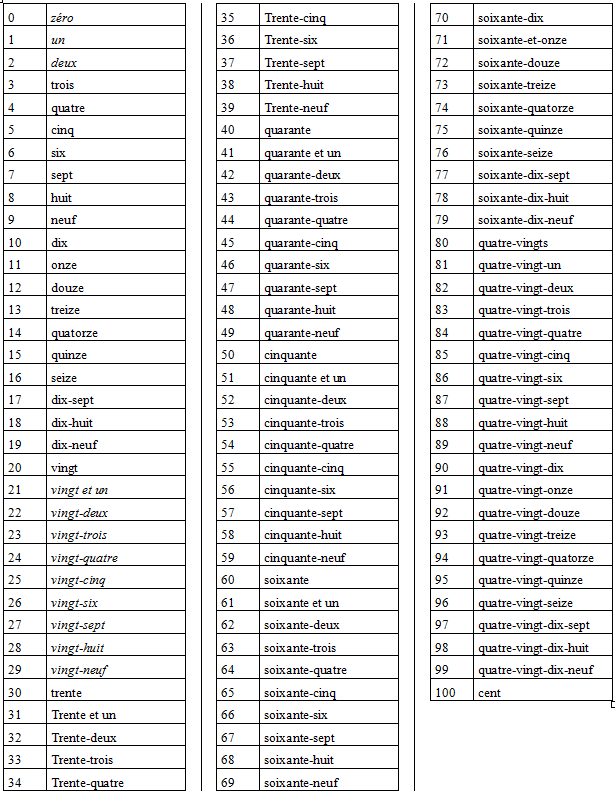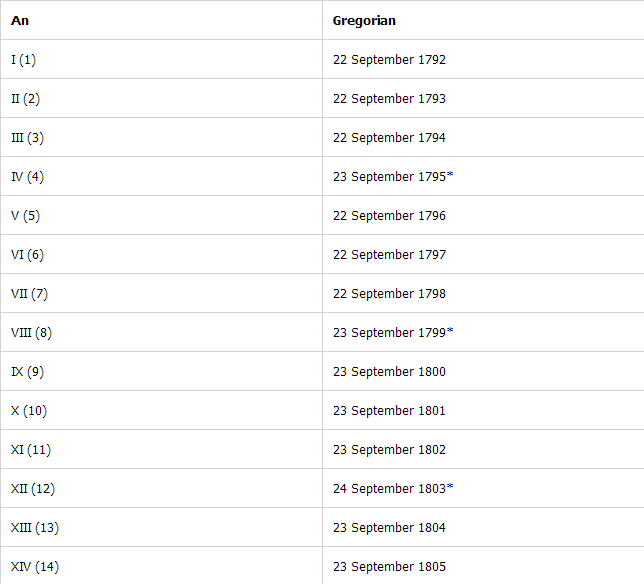**You do not need to have a paid subscription to Ancestry.com to view the tree, only if you want to see any of the associated records or images.**
This is a study of the Halter and other related families who, for the most part, lived in the area of Schirrhein and / or Schirrhoffen, Bas-Rhin, Alsace, France. Information extracted from these records (in French) can be found at their website:
http://archives.bas-rhin.fr/registres-paroissiaux-et-documents-d-etat-civil/
If you access this using Google Chrome, the page can be translated to better help you navigate the site. Enter the name of your town, for example, Schirrhein, and click the <Recercher / Search> button. The "volumes" are divided by:
Birth Records (TN or Tables des naissances),
Marriage Records (TM Tables des mariages), and
Death Records (Tables décennales).
Clicking once will select the volume, clicking again will take you to a pop-up window with their terms and conditions of use (just the first time each session), where you will either click <Accepter / Accept> or <Refuser / Refuse>.
Clicking <Accept> will open the selected volume and you can start searching for records.
As much as possible, if a record was located, a notation has been made in the description field of the fact, such as "DR No 36 1823 - Schirrhein, Bas-Rhin, Alsace, France." Hopefully this will help you locate the record you seek, as some volumes have numerous entries.
To a certain degree, spelling has been somewhat standardized in an attempt
to reduce duplicates and maintain my sanity as I tried to interpret these records. (I studied German in school, not French!)
Things That Were Helpful to Know
Months
The Republican calendar year began the day the autumnal equinox occurred in Paris, and had twelve months of 30 days each, which were given new names based on nature, principally having to do with the prevailing weather in and around Paris.
- Autumn:
- Vendémiaire in French (from French vendange, derived from Latin vindemia, "grape harvest"), starting 22, 23, or 24 September
- Brumaire (from French brume, "mist"), starting 22, 23, or 24 October
- Frimaire (From French frimas, "frost"), starting 21, 22, or 23 November
- Winter:
- Nivôse (from Latin nivosus, "snowy"), starting 21, 22, or 23 December
- Pluviôse (from French pluvieux, derived from Latin pluvius, "rainy"), starting 20, 21, or 22 January
- Ventôse (from French venteux, derived from Latin ventosus, "windy"), starting 19, 20, or 21 February
- Spring:
- Germinal (from French germination), starting 20 or 21 March
- Floréal (from French fleur, derived from Latin flos, "flower"), starting 20 or 21 April
- Prairial (from French prairie, "meadow"), starting 20 or 21 May
- Summer:
- Messidor (from Latin messis, "harvest"), starting 19 or 20 June
- Thermidor (or Fervidor) (from Greek thermon, "summer heat"), starting 19 or 20 July
- Fructidor (from Latin fructus, "fruit"), starting 18 or 19 August
Note: On many printed calendars of Year II (1793–94), the month of Thermidor was named Fervidor (from Latin fervens, "hot").
Most of the month names were new words coined from French, Latin, or Greek . The endings of the names are grouped by season. "Dor" means "giving" in Greek.
In Britain, a contemporary wit mocked the Republican Calendar by calling the months: Wheezy, Sneezy and Freezy; Slippy, Drippy and Nippy; Showery, Flowery and Bowery; Hoppy, Croppy and Poppy. The Scottish historian Thomas Carlyle suggested somewhat more serious English names in his 1837 work The French Revolution: A History, namely Vintagearious, Fogarious, Frostarious, Snowous, Rainous, Windous, Buddal, Floweral, Meadowal, Reapidor, Heatidor, and Fruitidor. Like the French originals, they suggest a meaning related to the season but are neologisms, rather than preexisting words.
Ten days of the week
The month is divided into three décades or 'weeks' of ten days each, named simply:
- primidi (first day)
- duodi (second day)
- tridi (third day)
- quartidi (fourth day)
- quintidi (fifth day)
- sextidi (sixth day)
- septidi (seventh day)
- octidi (eighth day)
- nonidi (ninth day)
- décadi (tenth day)
Calendar design
Years appear in writing as Roman numerals (usually), with epoch 22 September 1792, the beginning of the "Republican Era" (the day the French First Republic was proclaimed, one day after the Convention abolished the monarchy). As a result, Roman Numeral I indicates the first year of the republic, that is, the year before the calendar actually came into use. By law, the beginning of each year was set at midnight, beginning on the day the apparent autumnal equinox falls at the Paris Observatory.
There were twelve months, each divided into three ten-day weeks called décades. The tenth day, décadi, replaced Sunday as the day of rest and festivity. The five or six extra days needed to approximate the solar or tropical year were placed after the months at the end of each year and called complementary days . This arrangement was an almost exact copy of the calendar used by the Ancient Egyptians, though in their case the beginning of the year was marked by summer solstice rather than autumn equinox.
A period of four years ending on a leap day was to be called a "Franciade". The name "Olympique" was originally proposed but changed to Franciade to commemorate the fact that it had taken the revolution four years to establish a republican government in France.
The leap year was called Sextile, an allusion to the " bissextile " leap years of the Julian and Gregorian calendars, because it contained a sixth complementary day.
Converting from the Gregorian Calendar
Below are the Gregorian dates each Republican year (an in French) began while the calendar was in effect.
https://en.wikipedia.org/wiki/French_Republican_Calendar


 RSS Feed
RSS Feed